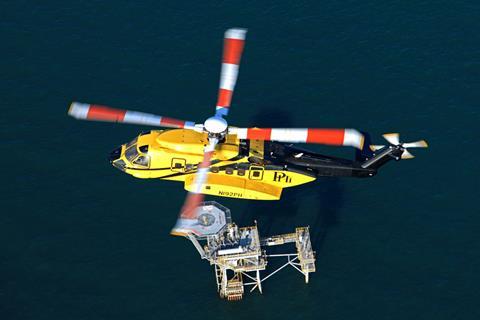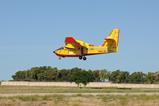Sikorsky insists it remains committed to the civil helicopter market and is actively seeking further orders for its S-92 heavy-twin, in particular for new-build A+ models. However, it has shelved plans for a future S-92B citing a lack of market interest.
Doubts had surfaced about the airframer’s long-term interest in civil rotorcraft given the segment’s relatively minor contribution to its military-dominated business.

But speaking during a Heli-Expo press conference on 7 March, Leon Silva, vice-president of global commercial and military systems said Sikorsky sees “a future on the S-92 for new aircraft”.
A mainstay of the offshore oil and gas transportation industry, sales of the S-92 have been subdued for several years; Sikorsky is assembling just five examples at its current facility in West Palm Beach, Florida, for VIP and search and rescue customers.
However, with the rebound in oil and gas exploration and production, most of the stored S-92s have been returned to service.
In addition, the global S-92 fleet is now seeing high utilisation rates, potentially driving a need for replacement helicopters as existing aircraft reach their 30,000h limit; Silva says seven aircraft have already accumulated more than 20,000h, with the fleet leader approaching 28,000h. It has no plans to extend airframe life, he adds.
“One of the things we see as these aircraft age out… we see an opportunity for us, to an extent, to replace the existing S-92s,” says Silva.
Lead time for a new S-92s, depending on configuration, is “between two and three years” Silva says. “We have made a decision not to build ahead, just based on the dynamics of the industry.”
But all S-92s to roll off the line from 2025 will be built to the new A+ standard, incorporating several improvements including the enhanced ‘phase 4’ main gearbox. Certification of the update is expected that year, adds Silva.
To date, Sikorsky has taken “close to 30” orders to S-92A+ upgrade kits but only began offering factory-fit helicopters to customers this morning.
But Silva says the airframer will need combined annual orders “to be in double digits” for A+ production to make financial sense.
“You really have to start to get into double-digits in order to really engage the supply chain at a deep enough level to be competitive. We need to make sure it’s going to work for our customer too.”
Deliveries of the S-92A+ were originally due to commence in 2023, but the process has been slowed to “match that to the needs of the marketplace”, he says.
However, development of the proposed S-92B – which would have incorporated “more intrusive” changes such as larger cabin windows – has been halted. “We have seen limited interest in that from the marketplace so what we have done is packaged that up and put it on the shelf.
“We have done all the preliminary work so if it some point it becomes of bigger interest we will be able to extend that, but we don’t have any plans right now to build the S-92B.”
Sikorsky has yet to decide where it would build the S-92 in the long term having closed its Coatesville, Pennsylvania factory in 2022. However, Silva says the location of the production line is “not particularly paramount”.
“We will be announcing that when it’s finalised but it doesn’t turn out to be a big part of the business case,” a process that included third-party validation of its assumptions.
Meanwhile, Sikorsky continues to analyse options for the medium-class S-76 having last year decided to mothball the programme; the final three helicopters are on the production line in Owego, New York.
Silva says it is open to potential partnerships on the type that could see production resume outside of the USA “targeting different markets than we have historically”.
“In the background we are definitely considering some alternatives,” he says.































